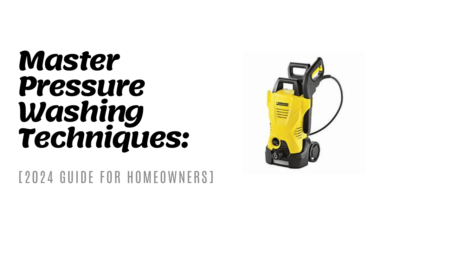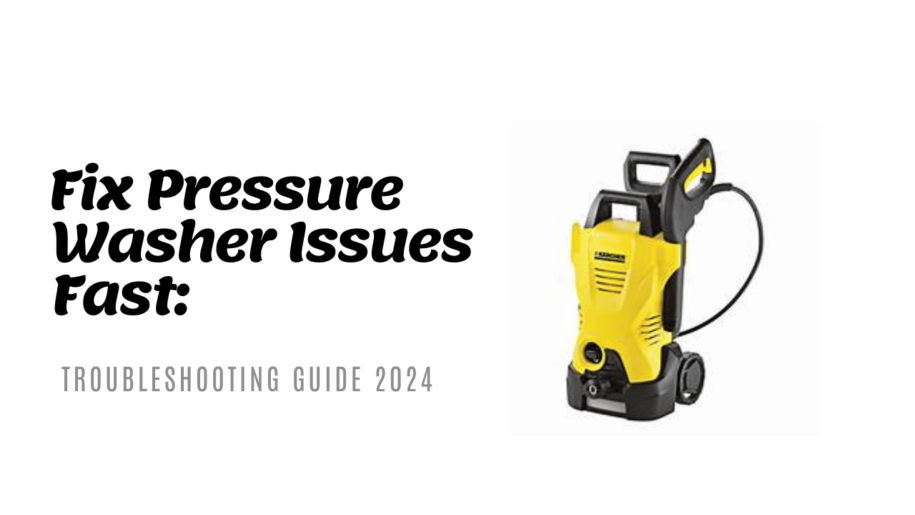
Are you ready to uncover practical solutions to common pressure washing problems? Keeping your surfaces spotless and well-maintained is a top priority for any pressure washer user. By troubleshooting issues effectively, you can ensure maximum performance from your equipment.
Let’s dive into troubleshooting tips that will help you make the most of your pressure washing endeavors.
Nozzle and Spray Issues
When it comes to pressure washing troubleshooting, issues with the nozzle and spray pattern can affect the efficiency of your cleaning tasks. Understanding how to address these problems promptly can make a significant difference in achieving optimal results.
Let’s explore common nozzle and spray issues and effective solutions to resolve them.
Clogged Nozzle
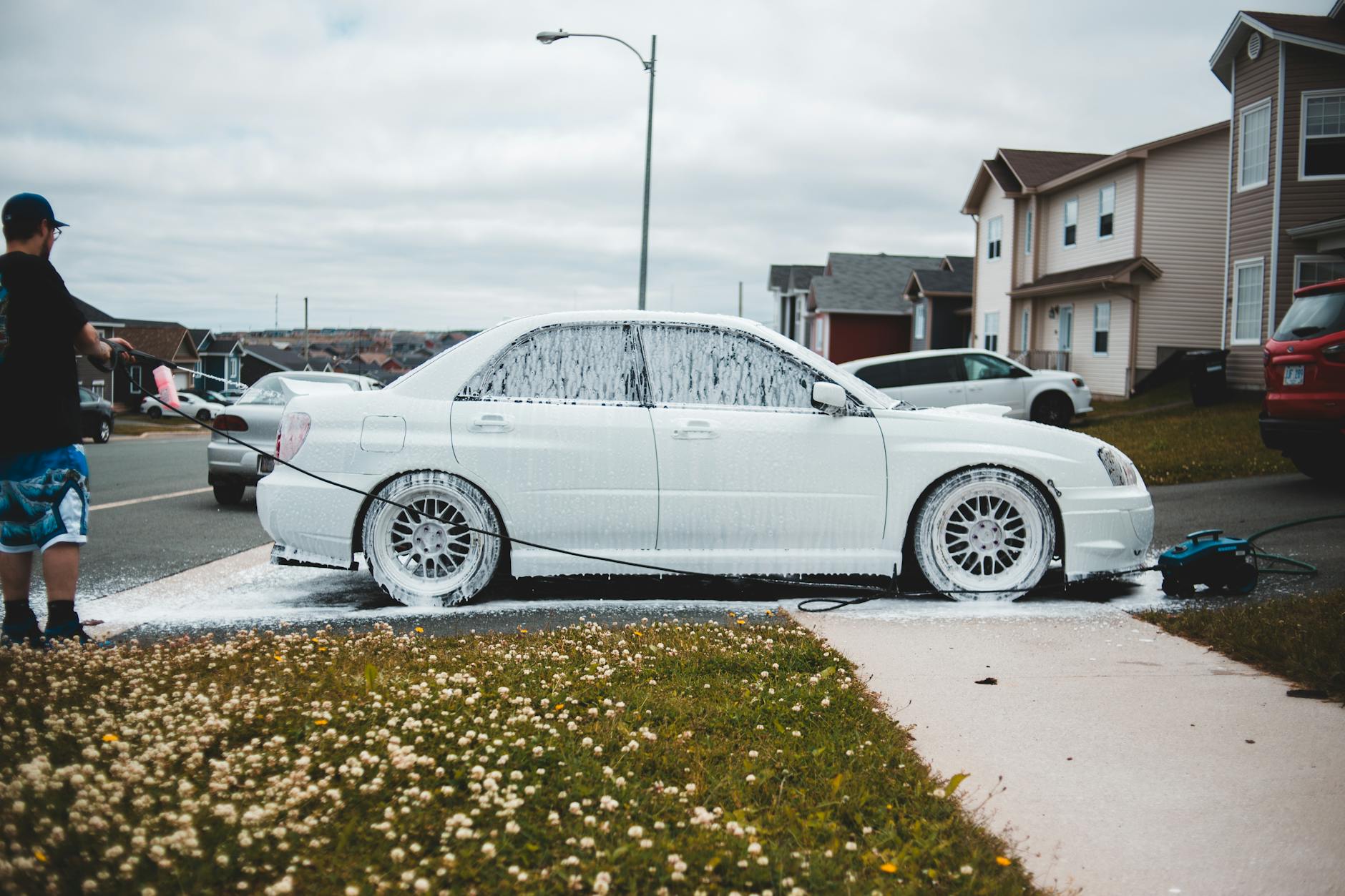 Photo by Erik Mclean
Photo by Erik Mclean
A clogged nozzle can disrupt the flow of water, reducing the effectiveness of your pressure washer. To tackle this issue, start by disconnecting the nozzle from the spray gun. Inspect the nozzle for any debris or blockages. You can use a pin or a dedicated nozzle cleaning tool to carefully remove any buildup that is obstructing the water flow.
Maintaining a clean and clear nozzle is essential for consistent performance. Regularly inspect and clean your nozzles to prevent clogs and ensure smooth operation. By incorporating nozzle maintenance into your routine, you can prolong the life of your equipment and maintain optimal cleaning power.
Improper Spray Pattern
An irregular spray pattern can lead to uneven cleaning and inefficient use of water and detergent. If you encounter issues with the spray pattern, first check the nozzle for any dirt or debris that may be affecting the flow. Adjust the nozzle settings to achieve the desired spray pattern, whether you need a narrow stream for tough stains or a wide spray for larger surfaces.
Additionally, check the spray gun filter for any clogs or blockages that could be impacting the spray pattern. Cleaning or replacing the filter as needed can help restore proper water flow and ensure consistent results.
By troubleshooting and addressing spray pattern issues promptly, you can enhance the efficiency and effectiveness of your pressure washing tasks.
Enhance your pressure washing experience by addressing common nozzle and spray issues efficiently. By following these troubleshooting tips, you can maintain peak performance and achieve outstanding cleaning results with your pressure washer.
Learn more about pressure washer maintenance and troubleshooting to keep your equipment in top condition.
Water Supply Problems
Facing water supply issues with your pressure washer can hamper your cleaning tasks. Identifying and resolving these problems promptly is crucial to maintaining optimal performance. Let’s tackle common water supply problems encountered and explore effective troubleshooting steps to address them.
Low Water Pressure
Low water pressure can be frustrating when using a pressure washer. Several factors can contribute to this issue, such as a kinked hose, air leaks, or clogged filters. To address low water pressure, start by checking the hose for any bends or obstructions that may be restricting water flow. Straightening out the hose and ensuring it is free from twists can help restore adequate pressure.
Another common culprit for low water pressure is clogged inlet filters. Inspect the inlet filters for debris or sediment buildup that might be impeding water flow. Cleaning or replacing the filters as needed can often resolve low pressure issues and improve the overall performance of your pressure washer.
Water Leakage
Leaks in the water supply can diminish the effectiveness of your pressure washer and lead to water wastage. When troubleshooting water leakage problems, begin by examining connections, seals, and hoses for any signs of damage or wear. Tightening loose connections and replacing damaged seals can help prevent leaks and ensure efficient operation.
Inspect hoses for cracks, splits, or punctures that may be causing water leakage. If you identify any damaged areas, consider repairing or replacing the affected hoses to prevent further water loss. By addressing water leakage promptly, you can conserve water, prevent potential damage to your equipment, and enhance the overall efficiency of your pressure washing tasks.
Stay proactive in addressing water supply problems to optimize the performance of your pressure washer and streamline your cleaning process. By implementing these troubleshooting techniques, you can overcome common water supply issues and enjoy seamless operation during your pressure washing endeavors.
Discover more tips on troubleshooting pressure washer water supply problems to keep your equipment running smoothly.

Photo by Sarah Chai
Machine Performance Concerns
When it comes to maintaining optimal performance from your pressure washer, addressing machine performance concerns promptly is essential. Whether you encounter issues with the motor not starting or pressure fluctuations during operation, troubleshooting these problems effectively can ensure smooth and efficient cleaning processes.
Motor Not Starting
If you find that the motor of your pressure washer is not starting, several factors could be causing this issue. To troubleshoot and resolve the problem, follow these steps:
- Check Power Sources: Ensure that the power source, such as the outlet or extension cord, is functioning correctly. Verify that the power cord is securely connected to the outlet and that there are no damages or loose connections.
- Inspect Assembly: Check the pressure washer’s components to ensure everything is correctly assembled. Make sure all connections are secure, and there are no loose or disconnected parts that could be preventing the motor from starting.
By systematically examining the power sources and assembly of your pressure washer, you can pinpoint the cause of the motor not starting and take appropriate actions to resolve the issue effectively.
Pressure Fluctuations
Pressure fluctuations during the operation of your pressure washer can impact cleaning performance. To address pressure fluctuations and maintain consistent water pressure, consider the following troubleshooting steps:
 Photo by Alfredo Flores
Photo by Alfredo Flores
- Check for Air Leaks: Inspect the pressure washer hoses, connections, and fittings for any signs of air leaks. Leaks can disrupt the pressure flow and lead to fluctuations during operation. Seal any leaks found to ensure a continuous and stable pressure output.
- Ensure Proper Water Flow: Verify that the water supply to the pressure washer is adequate and uninterrupted. Check for any obstructions in the water inlet and hoses that could be affecting the flow. By maintaining a steady water flow, you can prevent pressure fluctuations and optimize your cleaning results.
By promptly addressing pressure fluctuations and identifying the root causes, you can enhance the performance of your pressure washer and achieve consistent cleaning outcomes. Make sure to conduct regular maintenance checks to prevent future issues and keep your equipment running smoothly.
For more in-depth troubleshooting tips and techniques, visit PressureWashr for expert advice.
Safety Precautions and Maintenance
Ensuring your safety and maintaining your pressure washer are paramount for a smooth and effective cleaning experience. By following essential safety guidelines and implementing proper maintenance practices, you can enhance the longevity and performance of your equipment. Let’s explore the key aspects of safety precautions and maintenance best practices to optimize your pressure washing endeavors.
Safety Guidelines
Proper safety measures are crucial when operating a pressure washer to prevent accidents and injuries. Here are some essential safety precautions to keep in mind:
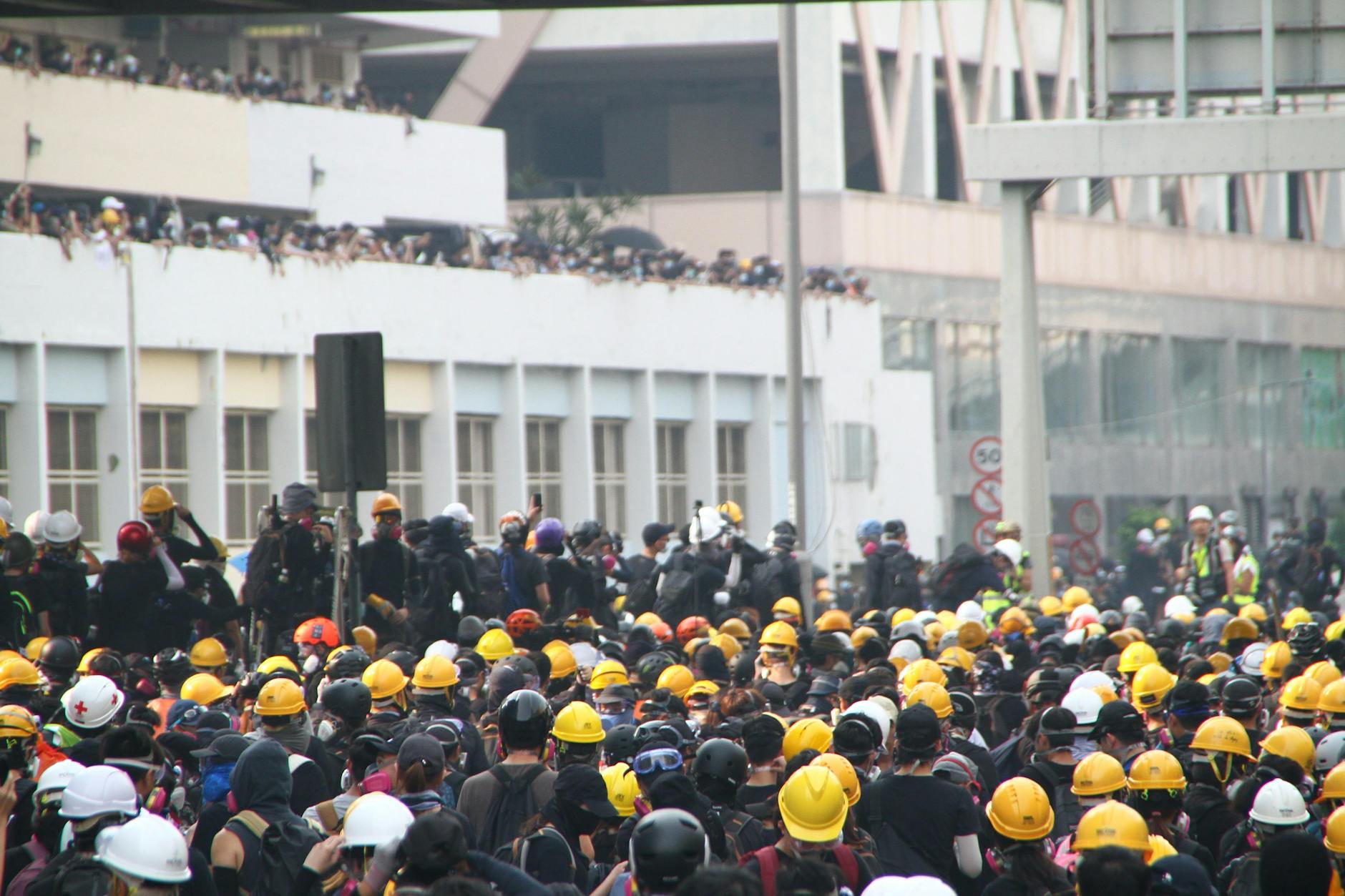 Photo by LT Chan
Photo by LT Chan
- Wear Protective Gear: Always wear appropriate protective gear such as safety goggles, gloves, and closed-toe shoes to shield yourself from potential hazards like debris and chemical splashes.
- Avoid Electrical Hazards: Be cautious when using electric pressure washers near water sources to prevent electric shocks. Inspect cords for damage before each use and use ground fault circuit interrupters (GFCI) for added protection.
- Follow Manufacturer Instructions: Read and adhere to the manufacturer’s instructions and guidelines for operating the pressure washer safely. Familiarize yourself with the equipment’s features and controls to use it effectively.
By prioritizing safety and following these guidelines, you can minimize risks and ensure a secure pressure washing experience for yourself and those around you.
Maintenance Best Practices
Regular maintenance is essential to prolong the lifespan and efficiency of your pressure washer. Here are some maintenance best practices to consider:
- Regular Cleaning: Clean the pressure washer after each use to remove dirt, grime, and residue that can clog the system and reduce performance. Pay attention to nozzles, hoses, and filters for thorough cleaning.
- Lubrication: Apply lubricant to moving parts as recommended by the manufacturer to prevent friction and ensure smooth operation. Check and lubricate O-rings, pistons, and seals to maintain optimal performance.
- Proper Storage: Store your pressure washer in a clean, dry area away from extreme temperatures to prevent damage. Drain excess water and fluids before storing and cover the equipment to protect it from dust and debris.
By incorporating these maintenance tasks into your routine, you can prevent issues, prolong the life of your pressure washer, and enjoy consistent performance throughout its usage.
Take charge of your pressure washer’s safety and maintenance to safeguard yourself and maximize the efficiency of your cleaning tasks. By following these guidelines and best practices, you can ensure a safe, reliable, and long-lasting pressure washing experience.
Learn more about pressure washer maintenance tips to keep your equipment in optimal condition.
Conclusion
You’ve now got key troubleshooting techniques to handle common pressure washer issues. By tackling nozzle and spray problems, water supply hiccups, and machine performance concerns, you can keep your equipment in top shape.
Focus on safety and regular maintenance to ensure smooth operations. Use the tips from this guide to troubleshoot and maintain your pressure washer with ease. This will boost your machine’s performance, deliver optimal cleaning, and extend its life.
Apply these strategies and keep your pressure washer running efficiently. Your dedication to proper care will make cleaning tasks easy and keep your surfaces spotless. Start troubleshooting confidently and enjoy hassle-free pressure washing every time!

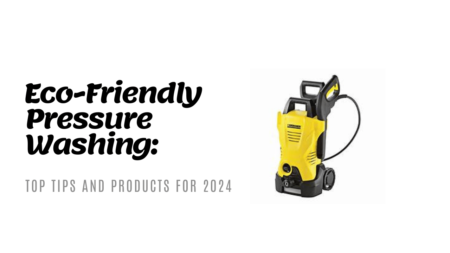
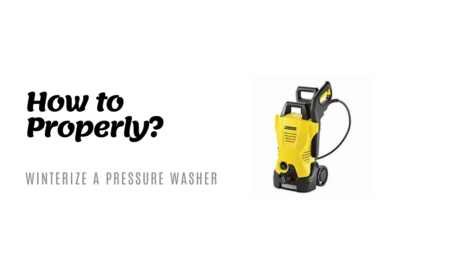
![Pressure Washing Regulations: What You Need to Know [Updated 2024]](https://pressurwasher.com/wp-content/uploads/2024/05/Minimalist-Tutorial-Event-YouTube-Thumbnail-2024-05-31T224409.854-450x253.png)
![Ultimate Guide to Pressure Washer Maintenance [2024 Edition]](https://pressurwasher.com/wp-content/uploads/2024/05/Minimalist-Tutorial-Event-YouTube-Thumbnail-2024-05-30T230638.695-450x253.png)
